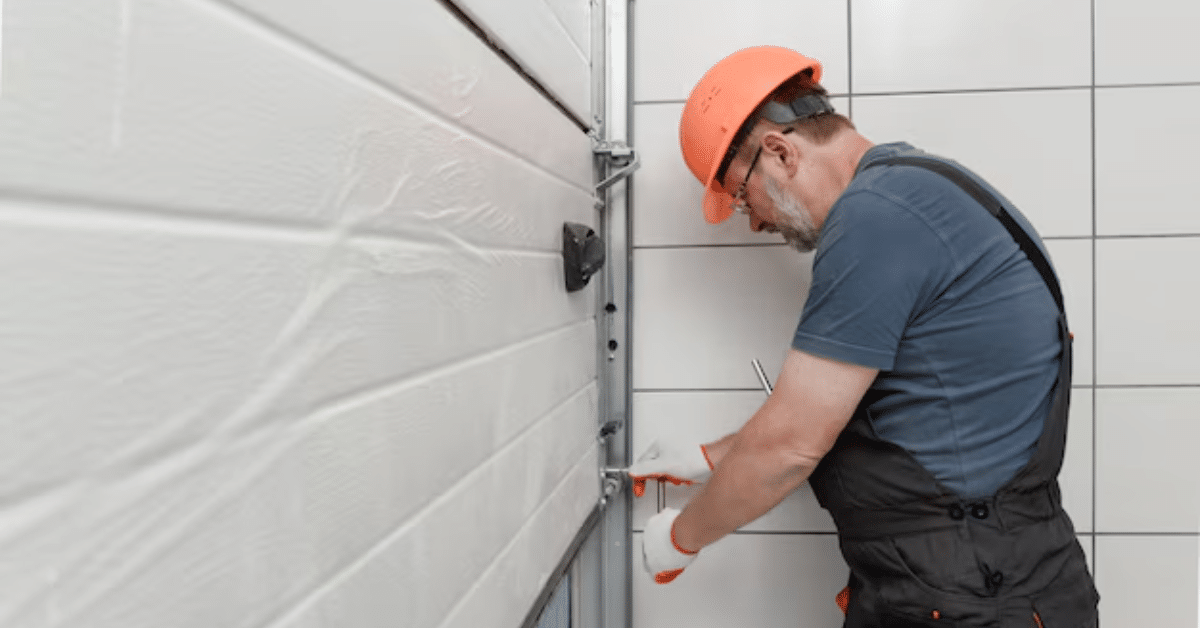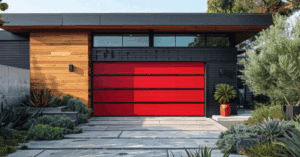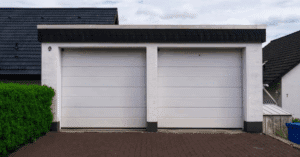Garage doors are designed to protect your home, provide insulation, and operate smoothly. But did you know that something as simple as poor seal installation can significantly damage your garage door over time? Homeowners often overlook this small yet crucial element, leading to expensive repairs, reduced energy efficiency, and even structural issues.
In this comprehensive guide, we’ll explore the hidden dangers of faulty seal installation, how it impacts your garage door’s performance, and what you can do to avoid these costly mistakes.
Why Garage Door Seals Matter
Garage door seals, also known as weather seals or bottom seals, serve multiple purposes. They:
- Block water, dust, and debris from entering your garage.
- Keep pests and rodents out.
- Improve thermal insulation and energy efficiency.
- Reduce noise from the outside.
- Provide a clean, professional finish to your door’s structure.
When seals are properly installed, they create a tight barrier between your garage and the elements. But when poor seal installation occurs, that barrier fails — leading to a host of problems that could shorten your garage door’s lifespan.
How Poor Seal Installation Can Cause Door Damage
1. Water Damage and Rot
One of the most immediate risks of faulty seal installation is water intrusion. If the seal isn’t flush against the ground or leaves gaps along the sides, rainwater can seep into the garage.
Over time, water exposure can lead to:
- Warping or swelling of wooden garage doors.
- Rust and corrosion of metal components.
- Mold and mildew formation.
- Foundation cracks or erosion around the base of the garage.
Moisture is the enemy of garage doors, and poor sealing lets it in.
2. Increased Wear and Tear
When your garage door doesn’t have an even seal, it may not close properly or may place uneven pressure on the bottom panel. This leads to:
- Misaligned door tracks.
- Strain on springs and openers.
- Cracks or bending in the bottom section of the door.
This type of mechanical stress can reduce the longevity of your door system and may require complete part replacements down the road.
3. Pest Infestation
Gaps caused by poor seal installation create an open invitation for pests like mice, cockroaches, and even snakes to enter your garage. Not only is this a health hazard, but pests can also chew through wires, insulation, and personal belongings stored inside.
Properly installed seals eliminate these gaps and protect your space year-round.
4. Poor Energy Efficiency
Seals contribute significantly to insulation. Without a snug fit, outside air can easily leak in, especially in extreme weather conditions. This causes your HVAC system to work harder to maintain indoor temperatures, increasing your energy bills.
A damaged or poorly installed seal defeats the purpose of having an insulated garage door entirely.
Common Causes of Poor Seal Installation
Understanding what causes bad seal installation can help you prevent it:
1. Inadequate Measurements
If the seal is cut too short or too long, it won’t align with the door’s edges, leaving gaps that render it ineffective.
2. Wrong Type of Seal
Not all garage doors use the same kind of seal. Choosing a seal not designed for your door’s size, material, or climate can lead to improper performance.
3. Uneven Ground
Even if the seal is perfect, an uneven garage floor can cause gaps. This requires either adjusting the seal height or fixing the concrete slope.
4. DIY Installation Without Proper Tools
While DIY might seem budget-friendly, it often leads to improper fitting. Lack of professional tools and experience often result in an insecure attachment, poor sealing, or even damage to the door frame.
Signs of a Poorly Installed Seal
Detecting poor seal installation early can help you fix it before serious damage occurs. Look out for:
- Light peeking through the sides or bottom of the garage door.
- Water pooling inside the garage after rain.
- Drafts or sudden changes in garage temperature.
- Difficulty closing the door completely.
- Visible gaps, cracks, or misaligned seals.
If you spot any of these signs, inspect the seal immediately or contact a garage door professional.
How to Fix Poor Seal Installation
Step 1: Remove the Old Seal
Carefully detach the existing seal. If adhesive or screws were used, remove them completely to ensure a clean surface.
Step 2: Inspect the Door and Surface
Look for rust, rot, or cracks that could interfere with the new seal. Address these issues before proceeding.
Step 3: Choose the Right Replacement Seal
Match the new seal with your door model, size, and material. Look for heavy-duty seals made for your climate — especially if you deal with snow, rain, or extreme heat.
Step 4: Install the New Seal
Use the correct tools and follow the manufacturer’s instructions. Ensure even attachment across the bottom and sides (if applicable). Sealants or screws may be required depending on the model.
Step 5: Test the Fit
After installation, open and close the garage door to ensure smooth operation. Check for gaps by turning off the lights during the day — light leaks indicate a poor seal.
When to Call a Professional
While some homeowners are confident in tackling seal replacement themselves, there are times when calling a professional is the safer option. You should consult a garage door technician if:
- The door is misaligned or not closing properly.
- You’ve tried multiple seals without success.
- The concrete floor is uneven or cracked.
- You suspect additional damage caused by water or pests.
Professionals ensure that the job is done right the first time, preventing further complications.
Preventing Seal-Related Damage in the Future
Once you’ve fixed a poor seal installation, here are a few tips to maintain the seal and prevent future problems:
- Inspect the seal twice a year for signs of wear, gaps, or cracking.
- Clean the seal regularly to remove debris and dirt that could degrade the material.
- Lubricate moving parts of the door to reduce strain and friction.
- Check for weather damage after storms or snow to catch early signs of leakage.
Routine maintenance is key to extending the life of your garage door and seal.
Final Thoughts
Yes, poor seal installation can absolutely damage your garage door — and more than you might expect. From water intrusion and pest infestations to energy loss and structural stress, a faulty seal undermines the entire door system.
Luckily, with proper attention, the right materials, and either careful DIY or professional help, you can correct a poor seal and prevent costly repairs down the line. Think of your garage seal not just as an accessory, but as a first line of defense for your home.





